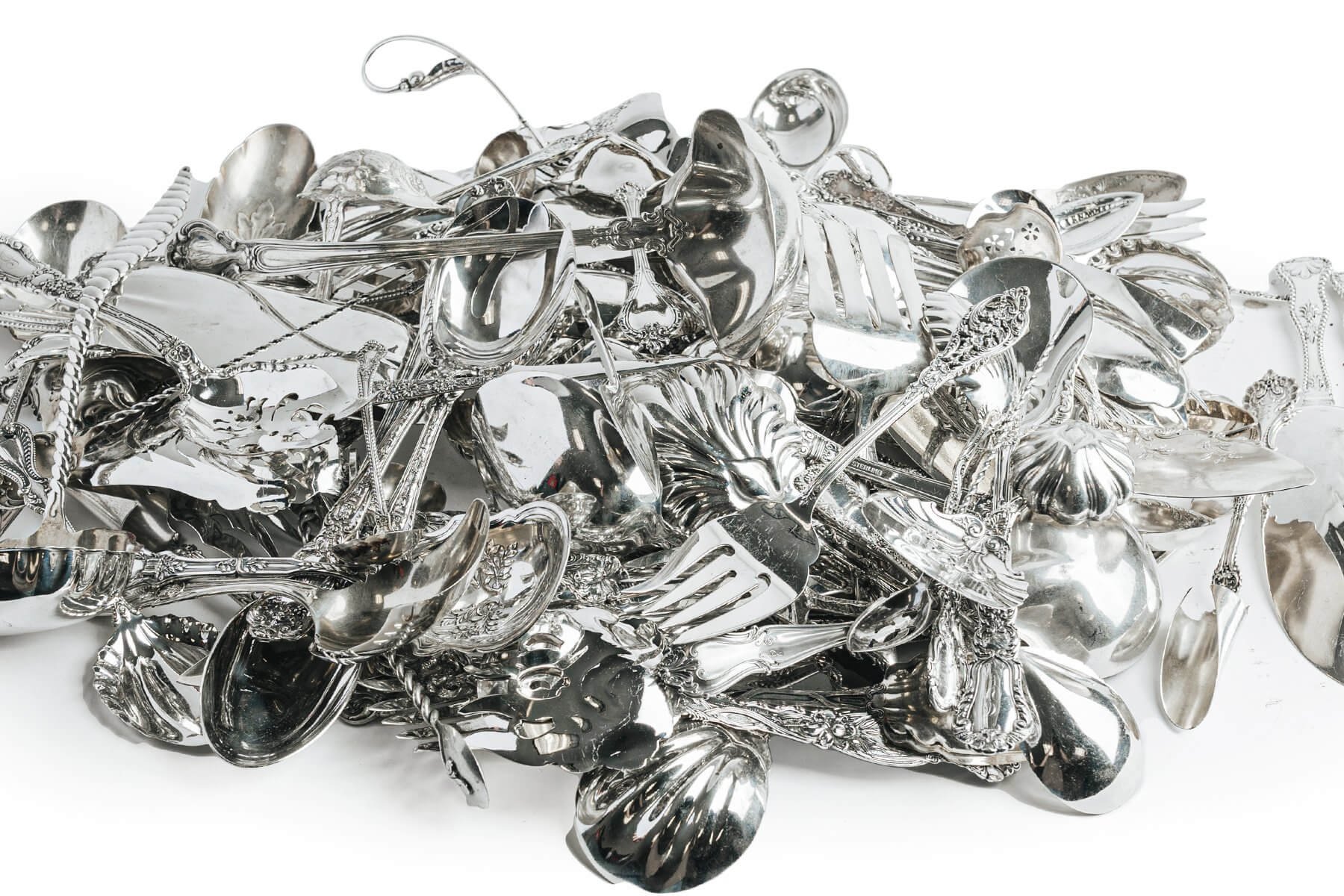Silverplate Flatware and Holloware: An In-depth Look
What is Silverplate Flatware and Holloware?
Silverplate flatware and holloware refer to utensils and other household items such as spoons, forks, trays, teapots, and candlesticks that are made from a base metal and coated with a thin layer of silver. The process of silverplating, typically achieved via electroplating, involves applying a microscopic layer of silver to the surface of a less expensive metal like copper, nickel, or brass. This process gives the item the look and feel of sterling silver while being significantly more affordable.
Understanding Silverplating
Silverplated items offer the elegance and allure of silver without the high cost associated with solid silver pieces. However, the silver layer on these items can wear off over time, especially with frequent use or improper care, revealing the base metal beneath. This is why silverplated items require careful handling and specific cleaning methods to maintain their luster and appearance.
Advantages and Disadvantages of Silverplate Items
One of the main advantages of silverplate flatware and holloware is their affordability compared to solid silver items. They offer a similar aesthetic appeal, making them suitable for special occasions or for those desiring the look of silver without the hefty price tag. However, they do not hold the same intrinsic value as solid silver items due to the minimal amount of silver used. One of the key disadvantages is durability. Over time, the silver layer can wear away, and items may need to be re-plated to restore their original appearance.
Common Questions About Refining Silverplate Items
Can silverplate flatware and holloware be refined?
Yes, silverplate items can be refined to recover the silver content. However, because the silver layer is very thin, the amount of silver recovered is significantly less than a comparable sterling silver piece – leading to most pieces being sold and purchased by the pound when being recycled.
What is the process of refining silverplate items?
The process of refining silverplate items involves several steps, often including pre-treatment, electrolysis, and silver recovery. During pre-treatment, items are generally shredded and stripped of any lacquer or other coatings. Electrolysis is then used to separate the silver from the base metal. The silver is then recovered, usually in the form of silver sludge, which can be further refined to pure silver.
Is it worth recycling silverplate flatware and holloware?
Despite the low silver content in silverplated items, these items should still be recycled to recover the precious metals and reintroduce these items back into the market. While silverplate is often refined in much larger quantities, doing so allows the same silver to eventually be turned into new bars, bullion, silverware, or silverplate items in the future.
Where can I refine silverplate items?
Several professional refining services can handle silverplate items. When choosing a refiner, check for things like length of time in business, availability of convenient locations, payment process and choices, reviews, and trade affiliations.


